end tidal co2 monitoring with pca
Continuous assessment of correct endotra-. Allows trending of PaCO.
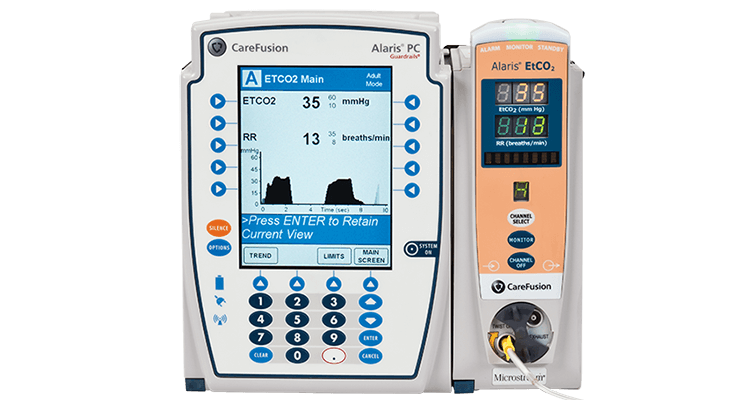
End Tidal Co2 Monitor Alaris Etco2 Module Bd
The EtCO 2 module can also be used as a stand alone monitor.

. Novel end-tidal carbon dioxide monitoring device is used for sedation. Data revealed minimal compliance with the use of end-tidal carbon dioxide ETCO2 to monitor patients with a patient-controlled analgesia PCA. However clinicians have only recently started to recognize the importance of.
End tidal monitoring while on. For breakthrough pain we have started IV PCA utilizing on-demand opioids no continuous with end tidal CO 2 monitoring. Since implementing the smart infusion pump system with integrated capnography the incidence of severe ADRs has fallen to below 5 percent.
In this study the aim was to review the applications of end-tidal carbon dioxide ETCO2 monitoring in emergency department multiple databases were comprehensively searched with combination of following keywords. As a non-invasive trend even when there is a wide. Properly placed endotracheal tubes may become displaced due to movement of patients andor equipment.
As shown in Figure 1 the sampling line is similar to a nasal cannula with the prongs in the patients nares and a scoop over the patients mouth to capture exhaled gas in case they breathe by mouth. End-Tidal Carbon Dioxide Monitoring. 1 Likewise continuous monitoring of EtCO2 has been demonstrated to show greater sensitivity for detecting episodes of respiratory compromise.
Reassess a patient during PCA and PCEA therapy to avoid opioid induced over sedation. End-tidal carbon dioxide detection is the most accurate technology to evaluate endotracheal tube posi-tion in patients who have adequate tissue perfusion. PCA and Continuous Intravenous Medication.
End-tidal carbon dioxide ETco 2 monitoring provides valuable information about CO 2 production and clearance ventilation. See Nursing Service Standard of Care and Practice. EtCO 2 module functionality pauses a PCA infusion if the patients respiratory status falls below hospital-defined limits.
Continuous IV or PCA basal rate c. In this study the aim was to review the applications of end-tidal carbon dioxide ETCO2 monitoring in emergency department multiple databases were comprehensively searched with combination of following keywords. The case series in this article provides insight into the recognized utility of end-tidal carbon dioxide EtCO 2 monitoring during procedural anesthesia in clinical settings at locations remote from the operating room where sedationanalgesia is supervised by nonanesthesiologists who may not be continuously available to recognize hypoventilation by.
PCA Epidural Obstructive Sleep apnea STOP BANG Score greater than 4 or BMI of 40 or more. Expect it to be as high. 6W6E and 4NW for post-operative patients.
Just three years ago the figure was three times that rate says Ms. Deitch K Miner J Chudnofsky CR Dominici P Latta DDoes end tidal CO2 monitoring during emergency department procedural sedation and analgesia with propofol decrease the incidence of hypoxic events. 2 when ventilation and perfusion are appropriately matched Wide gradient is diagnostic of a ventilation -perfusion mismatch Use etCO.
End-tidal carbon dioxide EtCO 2. Monitoring for return of spontaneous circulation ROSC or loss of spontaneous circulation. A capnograph monitors a patients respiration rate and end- tidal CO 2 EtCO 2 levels to provide the earliest indicator of an adverse breathing event.
Capnography or end-tidal exhaled carbon dioxide CO2 monitoring. A randomized controlled trial. Capnograph is an indispensable tool for monitoring metabolic and respiratory function.
Examples of conditions that require increased monitoring are. Risk factors for complications associated with narcotic administration such as advanced age or obesity d. Hypoventilation and apnea precede hypoxia therefore end-tidal carbon dioxide should be affected before oxygen saturation.
Per an online article regarding PCA use there has been an increased. The benefits of using a capnograph in MedicalSurgical units and Critical and Post-Anesthesia Care areas are well documented. The chart below shows a decline in the incidence of severe adverse drug events involving PCA.
One theory concluded from the study was that ETCO2 use was both not being used consistently or properly documented. The medsurg unit I work on which receives a majority of neuro and ortho post-ops recently transitioned into using continuous end-tidal CO2 monitoring continuous pulse ox monitoring on patients who have a PCA patient controlled analgesia pump running. Any thoughts or literature on IV PCA opioids post neuraxial opioids for C-section and appropriate monitoring.
The Alaris EtCO 2 Module integrated with Alaris PCA Module enables continuous respiratory monitoring to help reduce risks of opioid-induced respiratory depression. The OB Department feels this is uncalled for and increases patient complaints. End tidal CO2 EtCO2 monitoring will detect this immediately.
In fact its commonly called the ventilation vital sign. Patient Care Units that have the capability for monitoring End - Tidal CO2. High CO2 levels result in cerebr al vasodilation while.
Some conditions may suggest a need for increased monitoring and documentation. ETCO2 emergency department monitoring and critical. Also called capnometry or capnography this noninvasive technique provides a breath-by-breath analysis and a continuous recording of ventilatory status.
Impact of end tidal CO2 monitoring. End-tidal EtCO 2 functionality pauses a PCA infusion if the patients respiratory. 2 - a clinical estimate of the PaCO.
End tidal monitoring associated with the Alaris pain pump will be documented every day at 8a with the oxygen rounds. Prior to this we just did continuous pulse-ox monitoring. 2 noninvasive measurement of CO.
Goal is 10 mmHg during CPR. Provides non-invasive continuous measurement of respiratory rate and exhaled CO2 concentration over time and is measured at peak expiration. The Alaris EtCO 2 module integrated with Alaris smart pump technology enables continuous respiratory monitoring to reduce risks of opioid infusions.
At the end of expiration etCO.

Alaris Pca Etc02 Training Youtube
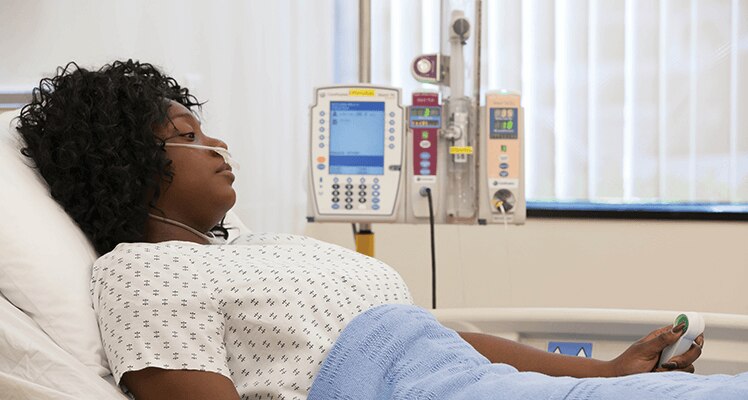
End Tidal Co2 Monitor Alaris Etco2 Module Bd

Alaris Pca Etc02 Training Youtube

5 Keys To Successful Monitoring Of Patients Receiving Opioids Patient Safety Healthcare Newsletter Harold Oglesby Rrt Discusses More Than 10 Event Free Years Of Patient Safety Physician Patient Alliance For
Safer Pca Therapy Patient Safety Quality Healthcare
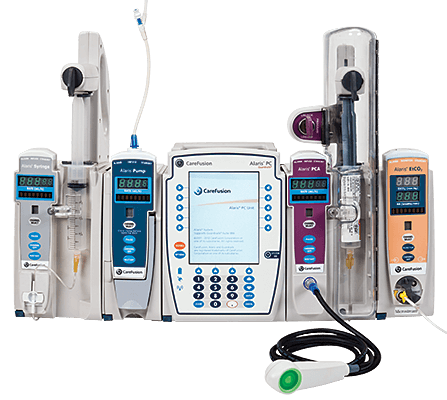
End Tidal Co2 Monitor Alaris Etco2 Module Bd
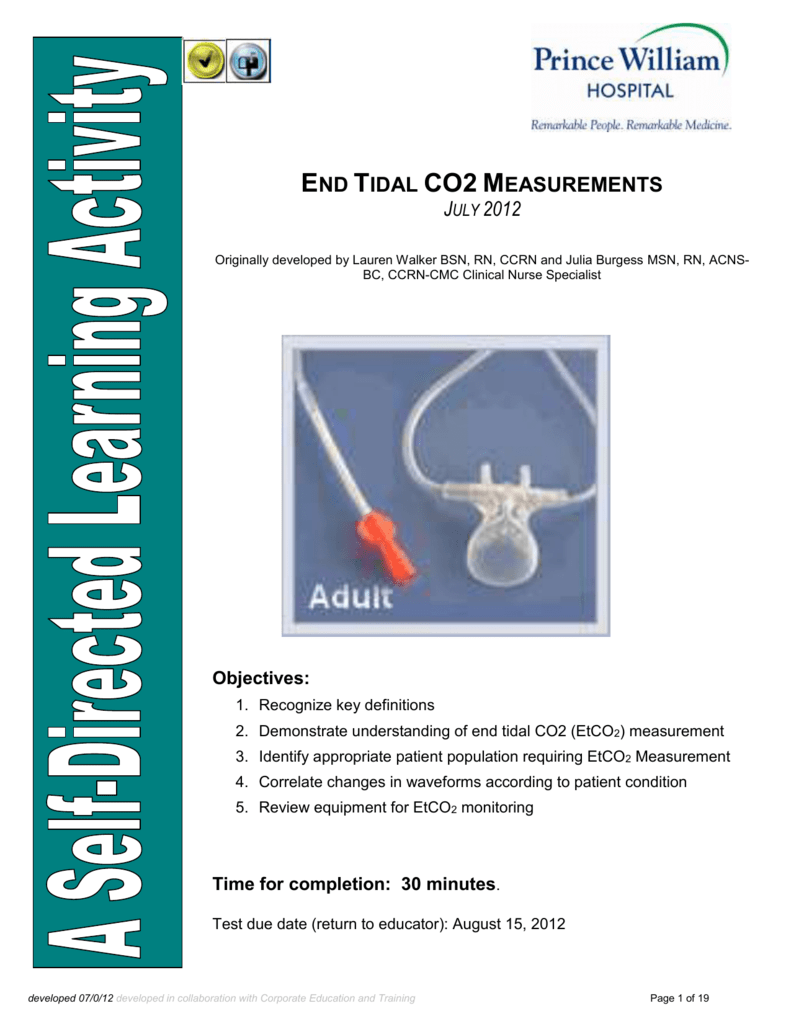
1 Which Patient Would Be A Good Candidate For Etco2 Monitoring

Pca Education And Etco2 Youtube
Safer Pca Therapy Patient Safety Quality Healthcare

Monitoring Capnography Helps Prevent Respiratory Complications Daic
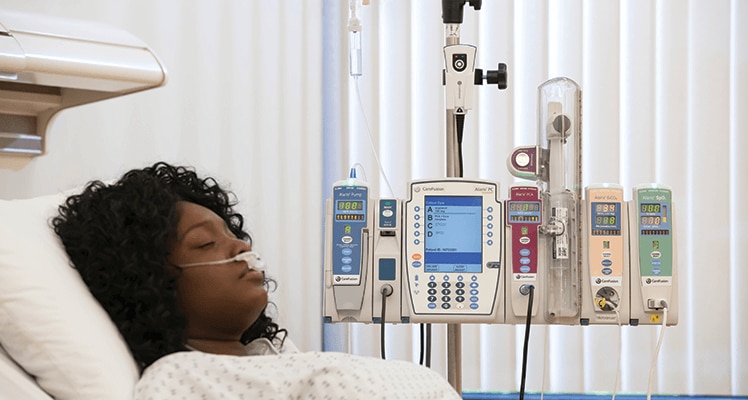
End Tidal Co2 Monitor Alaris Etco2 Module Bd

Case Study In How To Eliminate Adverse Events Improve Patient Safety And Reduce Healthcare Costs Physician Patient Alliance For Health Safety

Health Management And Leadership Portal Etco2 Module Alaris Etco2 Module Carefusion Healthmanagement Org




